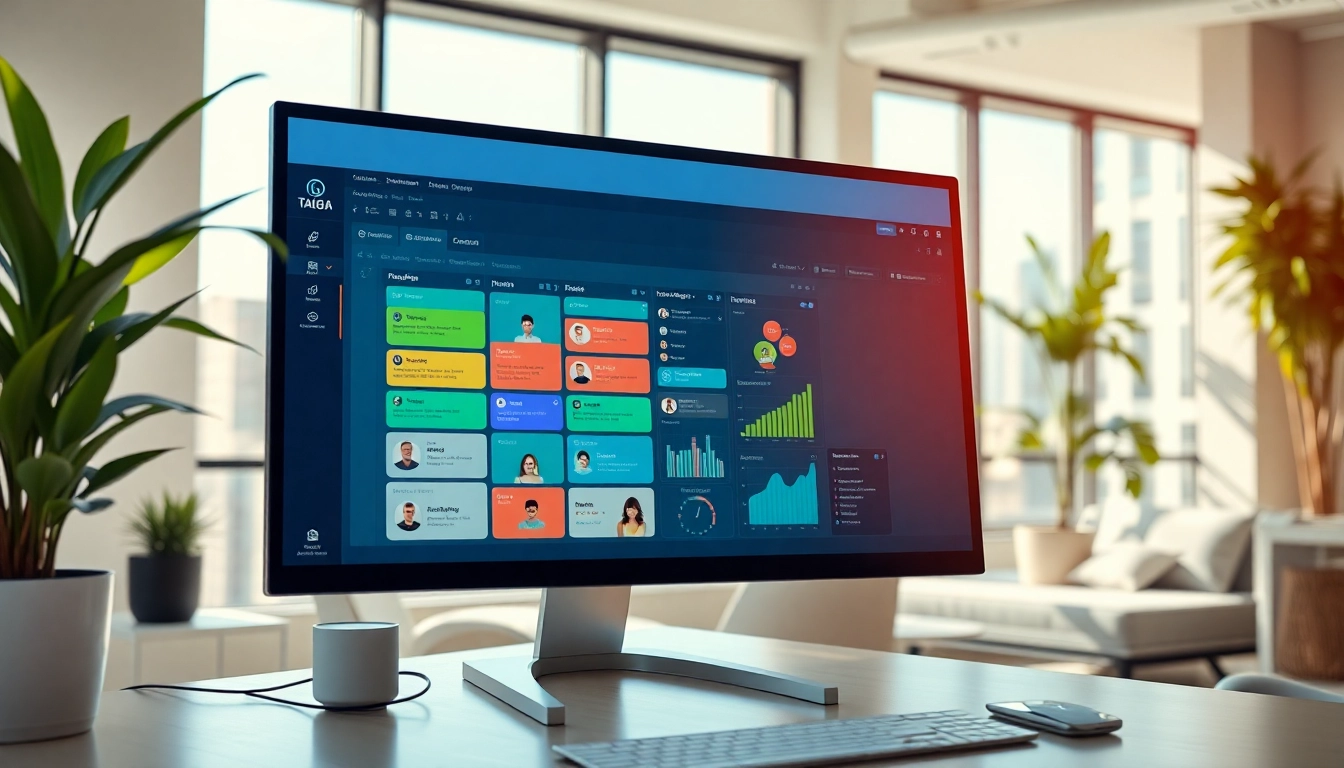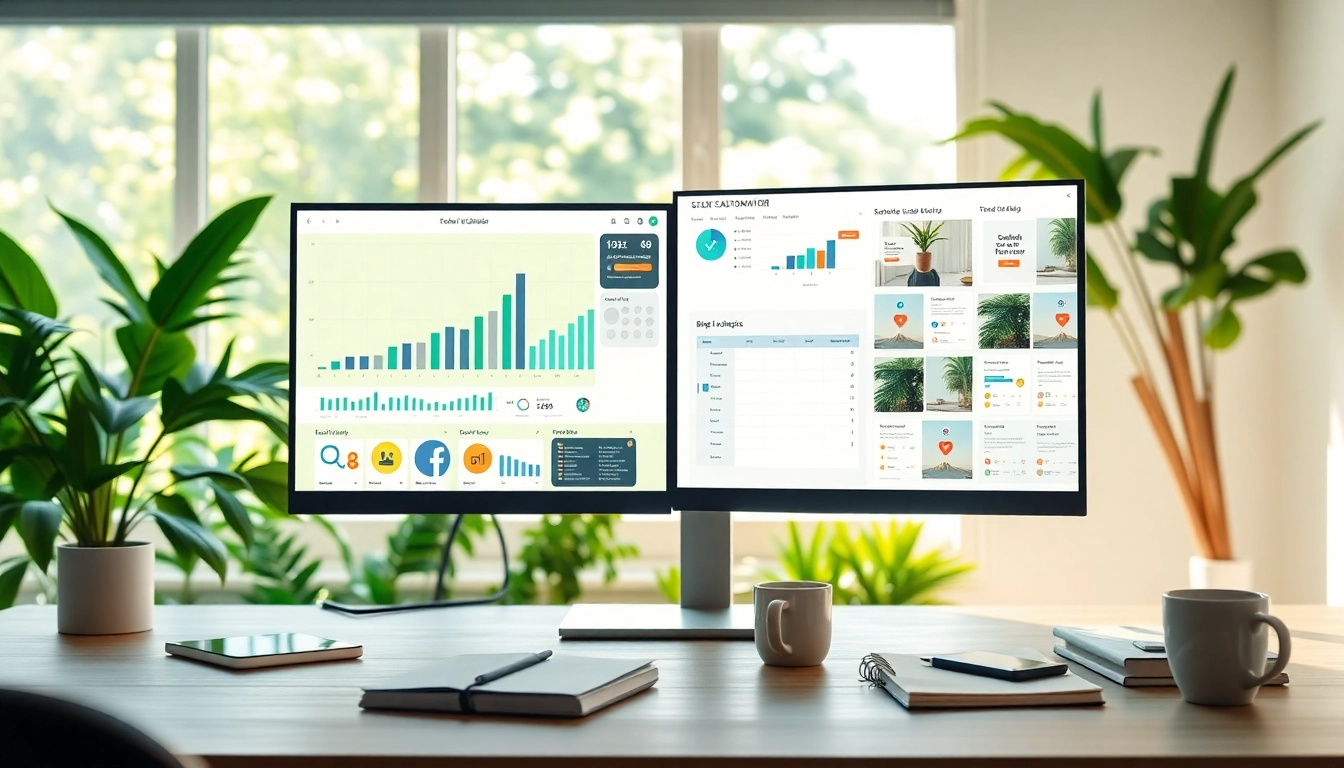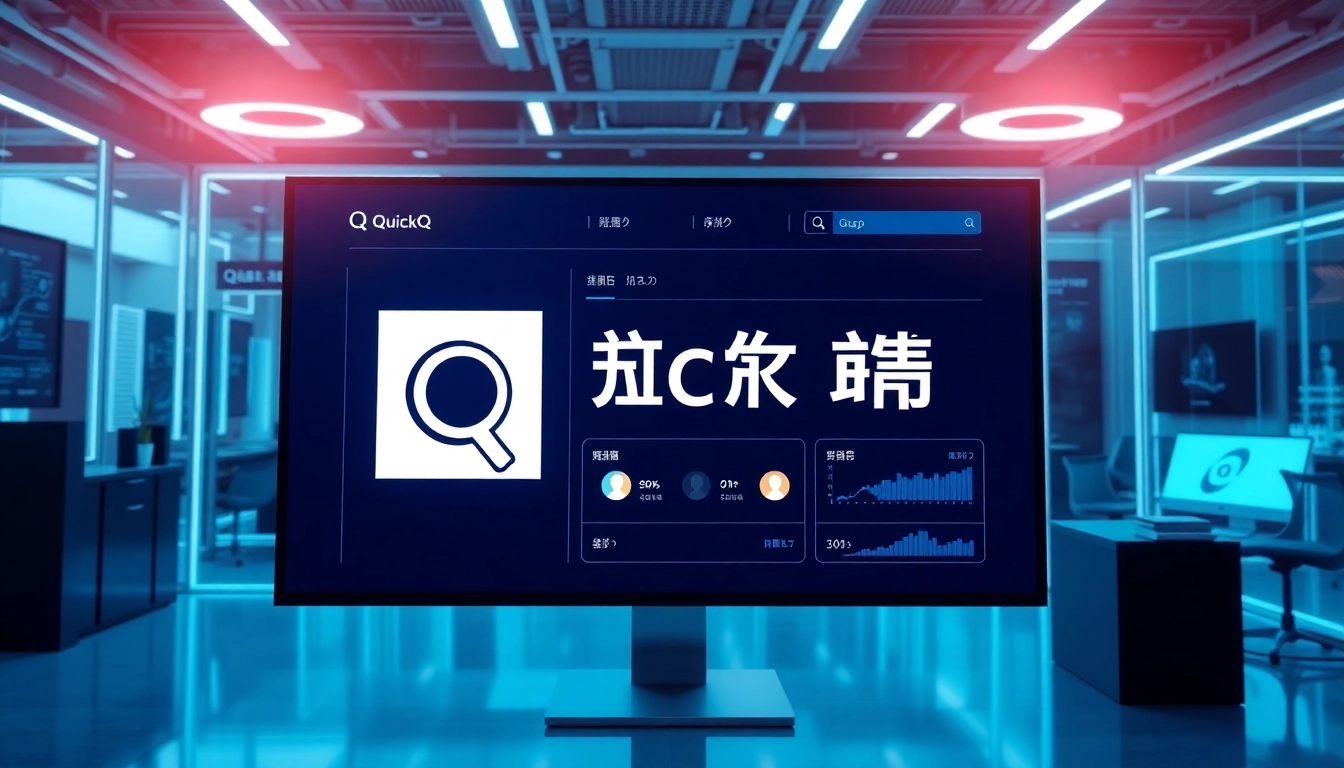Understanding Taiga and Its Benefits
In today’s fast-paced digital environment, effective project management tools are crucial for ensuring that teams can collaborate efficiently. One such tool, Taiga, has emerged as a favorite among startups and agile teams. With its open-source framework and flexible features, Taiga empowers teams to streamline their workflows and enhance productivity. This article will delve deeply into the capabilities of Taiga, how to get started, best practices, advanced techniques, and vital resources to maximize its potential.
What is Taiga?
Taiga is a free and open-source project management system designed for startups and agile developers. It was designed to accommodate both small and large teams, incorporating methodologies that promote productivity and collaboration. Taiga’s user-friendly interface, along with its wealth of customizable features, allows teams to track their projects across various stages of development. Key programming languages used to create Taiga include Python and AngularJS, making it a robust option for developers.
Key Features of Taiga
The software boasts several powerful features that make it a prominent choice for project management:
- User-Friendly Interface: Taiga offers an intuitive dashboard that enables users to navigate effortlessly, enhancing adaptability for new team members.
- Customizable Workflow: Teams can tailor workflows to meet their specific needs by defining stages, roles, and processes.
- Integrated Task Management: The ability to create, assign, and track tasks allows teams to maintain clear accountability and progress monitoring.
- Backlogs and Sprints: Taiga supports Agile methodologies, enabling teams to work with product backlogs and sprints, thus improving efficiency in development cycles.
- Time Tracking: Built-in time tracking tools allow users to log hours on specific tasks, aiding in resource allocation and project duration estimates.
- Reporting Tools: Comprehensive reporting functionalities provide insights into team performance, helping to pinpoint bottlenecks and areas for improvement.
Advantages of Using Taiga for Teams
Using Taiga presents numerous advantages for teams looking to enhance their project management processes:
- Increased Collaboration: Real-time updates and shared dashboards mean that all team members are on the same page, reducing the risk of miscommunication.
- Cost-Effective Solution: Being open-source, Taiga offers a zero-cost solution for teams that might be operating on limited budgets.
- Flexibility: The system can easily adapt to various methodologies beyond Agile, such as Kanban and Scrum, accommodating diverse team preferences.
- Active Community Support: With a wide range of developers contributing to its continual improvement, Taiga benefits from robust community support and a wealth of available plugins and integrations.
Getting Started with Taiga
Creating Your First Project on Taiga
To begin using Taiga, the first step is to create a new project. The process is straightforward:
- Sign up or log in to your Taiga account.
- Click on the “Projects” tab and select “Create New Project.”
- Fill in the project name and description, and choose the appropriate templates to best suit your project methodology.
- Set permissions for team members based on their roles.
- Once everything is set, hit “Create” to initialize your project.
Customizing Your Workspace
One of the most notable features of Taiga is its ability to be customized. To personalize your workspace, consider the following:
- Custom Fields: Create custom fields for tasks that align with your team’s requirements, allowing for tailored tracking of specific metrics.
- Theme and Layout Adjustments: Choose from various themes and layouts to ensure the workspace suits your preferences and brand identity.
- Notification Settings: Customize notifications to ensure team members receive essential updates without being overwhelmed by unnecessary alerts.
Integrating Taiga with Other Tools
Seamless integration with other tools can enhance your team’s productivity. Taiga supports numerous integrations such as:
- GitHub: Synchronize your code repositories with Taiga to link commits and issues, allowing developers to manage everything in one place.
- Slack: Connect with your team through Slack to receive real-time notifications and updates directly from your Taiga projects.
- Trello: Import tasks from Trello to streamline project management and provide versatility in task assignment and tracking.
Best Practices for Using Taiga Effectively
Leveraging Agile Methodologies
To fully exploit the benefits of Taiga, teams should embrace Agile methodologies. Some best practices include:
- Regular Sprint Planning: Engage in regular sprint planning sessions to align team objectives with project goals.
- Daily Stand-Ups: Short daily meetings can help in tracking progress and overcoming any obstacles that team members may encounter.
- Retrospectives: After each sprint, hold retrospective meetings to review what went well and what could be improved in future sprints.
Maximizing Team Collaboration
To maximize efficiency and collaboration within teams, consider these strategies:
- Assign Roles Clearly: Clearly define roles within the team so that everyone knows their responsibilities and expectations.
- Encourage Feedback: Create an open environment for feedback, allowing team members to share insights on processes, tasks, and objectives.
- Utilize Tags: Use tags for tasks to categorize them effectively, making it easier for team members to prioritize and focus on key objectives.
Tracking Progress and Reporting
Monitoring progression toward project objectives is critical for successful project management. To track and report efficiently:
- Utilize Burndown Charts: Make use of burndown charts to visualize task completion against projections and deadlines.
- Regularly Update Task Status: Encourage team members to keep task status updated to reflect the true project state, enhancing transparency.
- Engage in Continuous Improvement: Use reports generated from Taiga to identify trends and areas for development, fostering a culture of continuous improvement.
Advanced Techniques in Taiga
Utilizing Time Management Features
Effective time management within Taiga can lead to improved project outcomes. Here are advanced techniques:
- Time Estimates: While creating tasks, estimate the time required for completion to assist in planning and resource allocation.
- Tracking Actual Time: Continuously track time spent on each task and compare it against estimates to refine future project estimations.
- Use of Time Reports: Regularly review time reports to notice patterns and make adjustments in project planning as necessary.
Analyzing Team Performance
Gaining insights into team performance can drive productivity. Key practices include:
- Set Performance Metrics: Define and track specific performance metrics to assess the efficiency and effectiveness of team members.
- Conduct Performance Reviews: Periodically conduct reviews based on performance data to provide constructive feedback and celebrate achievements.
- Encourage Peer Reviews: Facilitate peer reviews to foster accountability and encourage acknowledgment of everyone’s contributions.
Improving Workflow Efficiency
Improving workflow efficiency can lead to heightened productivity. Consider adopting these methods:
- Optimize Processes: Consistently analyze workflows to identify inefficiencies and eliminate unnecessary steps.
- Use Automation: Where possible, automate repetitive tasks such as notifications or task assignments to save time and reduce human error.
- Foster a Productive Culture: Create an environment that encourages productivity through recognition, reward systems, and positive team dynamics.
Resources and Community Support for Taiga
Accessing Documentation and Tutorials
To make the most of Taiga, leveraging available resources is essential. Taiga offers extensive documentation and tutorials that cover everything from basic setup to advanced features. Users can dive into:
- Official Documentation: Detailed guides explaining each feature, functionality, and troubleshooting tips.
- Tutorial Videos: Visual learning through step-by-step video guides available on platforms such as YouTube.
- Webinars: Periodic webinars hosted by experts offer insights into best practices and new feature releases.
Joining the Taiga Community
The Taiga community is an invaluable resource for both new and experienced users. Engaging with the community can provide insights, troubleshooting support, and networking opportunities:
- Community Forums: Participate in discussions on forums to ask questions, share experiences, and seek advice from fellow users.
- Social Media Groups: Join social media communities dedicated to Taiga for real-time updates and to share tips with global peers.
Contributing to Taiga Development
Being an open-source project, Taiga invites contributions from the community. Consider the following ways to contribute:
- Code Contributions: Developers can contribute code to enhance existing features or create new functionalities via GitHub.
- Feedback and Bug Reporting: Providing feedback and reporting bugs can help the Taiga development team improve the software’s stability and usability.
- Tutorial Creation: Writing tutorials or guides on your experiences with Taiga can assist other users while also getting more involved in the community.















Leave a Reply